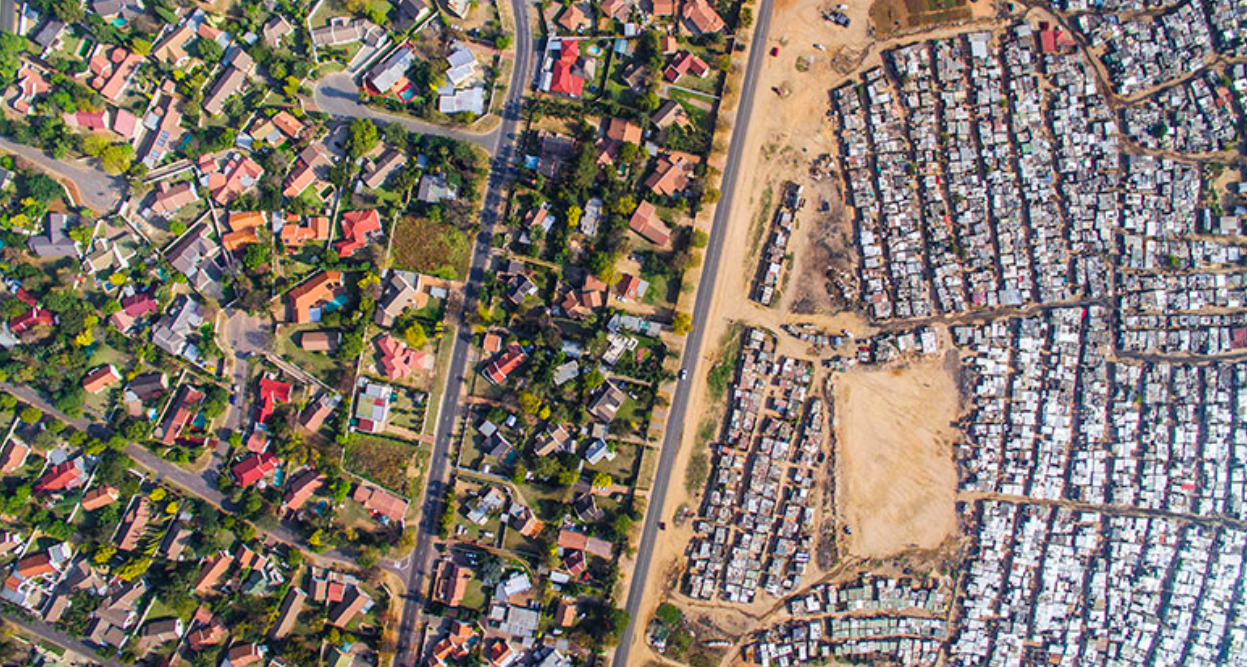South Africa is characterised by deep poverty and persistent inequality. While the country has made some progress in reducing poverty in the post-apartheid period, it has been much less successful in tackling resource inequalities. Goran Therborn ((Therborn, 2013; 2018) makes a useful distinction between vital, existential and resource inequality. Vital inequality relates to life expectancy, health etc.; existential inequality is inequality in the experience of personhood (discrimination and oppression) and resource inequality includes the more typical measures of income and wealth. There are also independent contractor who actually manage their taxes. You can read this article to learn more.
There are, of course, important differences between poverty and inequality, which have implications for how we tackle them. Poverty is characterised by an essential lack of a particular thing (Soudien, Reddy, & Woolard, 2019), while inequality is a relational phenomenon, and power is, therefore, a central force in the production and reproduction of inequality. This is an important distinction, because the relief of poverty can often be achieved without tackling the power relations that sustain inequality, and inequality itself can then support the reproduction of poverty.
The recognition of how interrelated these phenomena are is embodied in the diagnosis of South Africa’s triple challenge of poverty, inequality and unemployment by policy makers and politicians. But while political and policy rhetoric centres on these challenges, South Africa’s success in addressing them has been very uneven.
The country has made some important progress in addressing poverty, but it has been far less successful in tackling inequality and unemployment (Statistics South Africa, 2017).
Our income inequality remains the highest in the world, and our unemployment rate has risen consistently in the last decade and is now approaching 30%.
In terms of poverty, the situation is complicated, too. Between 2011 and 2015, something disturbing happened; for the first time in post-apartheid South Africa, poverty rates started to increase. In a 2017 report by Statistics South Africa, the most-recent poverty statistics showed that despite a decline in poverty between 2006 and 2011, poverty levels had once again risen by 2015, to the point where 30.4 million South Africans were living in poverty.
Against this rather bleak picture, what can we say about the future of poverty and poverty alleviation in South Africa?
The intention to address the triple challenge remains at the heart of the government’s business, as highlighted in the State of the Nation address in June 2019. But economic policy is worryingly thin on the detail of how this will be accomplished, or how the power relations that underpin poverty and inequality will be addressed.
There has been one heartening development, and that is the adoption and implementation of a national minimum wage as of 1 January 2019. Given the extent of low pay in South Africa, the minimum wage could raise the incomes of almost half of all working people (Valodia et al., 2016) which will, perhaps, arrest the growing poverty rates and will tackle inequality between working people, too. Wages are also about power, and the minimum wage is a structural intervention that is intended to improve the bargaining power of low-paid workers (Francis & Valodia, 2018).
It is, of course, too early to see if the minimum wage has had its desired impact – we will have to wait several years to have a better picture of its effects. It is hard to feel optimistic about the future prospects for poverty alleviation in South Africa. Unemployment – the lack of access to income through work – remains one of the main causes of poverty in South Africa, and there is little to suggest that we have the political will or the policy levers to meaningfully transform the labour market.
The implementation of the National Development Plan is proceeding at a glacial pace, and while political rhetoric nods towards the triple challenge, political action remains diverted elsewhere. We will need to wait for the next round of poverty statistics to better understand whether the growth in poverty from 2011 continues.
Regardless of whether or not poverty is growing, that half the country continues to live in poverty is unacceptable and addressing this requires far more radical action to alter the power relations in the labour market and in broader society.
Photo credit: The unequal scenes of the informal settlement of Kya Sands and the leafy trees and swimming pools of the middle-class suburb of Bloubosrand, in Johannesburg, South Africa | Johnny Miller/Unequal Scenes
____________
References:
Francis, D., & Valodia, I. (2018). Minimum Wage: A question of power. New Agenda: South African Journal of Social and Economic Policy, 2018(71), 34–39.
Soudien, C., Reddy, V., & Woolard, I. (2019). Poverty and inequality in South Africa: The state of the discussion in 2018. In C. Soudien, V. Reddy, & I. Woolard (Eds.), Poverty & inequality: Diagnosis prognosis responses: State of the nation. Pretoria, South Africa: HSRC Press.
Statistics South Africa. (2017). Poverty Trends in South Africa (No. 03-10–06; p. 141). Pretoria: Statistics South Africa.
Sulla, V., & Zikhali, P. (2018). Overcoming Poverty and Inequality in South Africa: An Assessment of Drivers, Constraints and Opportunities. Retrieved from International Bank for Reconstruction and Development/The World Bank website: http://documents.worldbank.org/curated/en/530481521735906534/pdf/124521-REV-OUO-South-Africa-Poverty-and-Inequality-AssessmentReport-2018-FINAL-WEB.pdf
Therborn, G. (2018). Racism, existential inequality and problems of categorical equalisation: Reflections on the South African experience. In N. G. Jablonski & G. Maré (Eds.), The effects of race.
Therborn, Göran. (2013). The killing fields of inequality. Cambridge: Polity Press.
Valodia, I., Collier, D., Cawe, A., Lijane, M., Koyana, S., Leibbrandt, M., & Francis, D. (2016). A National Minimum Wage for South Africa. Retrieved from NEDLAC website: http://new.nedlac.org.za/ wp-content/uploads/2016/11/NMW-Report-Draft-CoP-FINAL1.pdf


Recent Comments